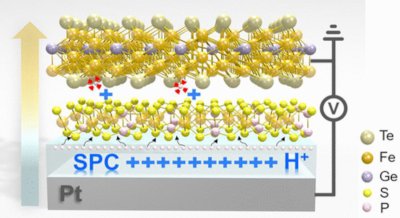Researchers deepen understanding of 1D spin chains
Researchers from Oak Ridge National Laboratory, Helmholtz-Zentrum Berlin (HZB) and University of Amsterdam have used inelastic neutron scattering and methods of integrability to experimentally observe and theoretically describe a local, coherent, long-lived, quasiperiodically oscillating magnetic state emerging out of the distillation of propagating excitations following a local quantum quench in a Heisenberg antiferromagnetic chain.
This “quantum wake” displays similarities to Floquet states, discrete time crystals and nonlinear Luttinger liquids. The team also showed how this technique reveals the non-commutativity of spin operators, and is thus a model-agnostic measure of a magnetic system’s “quantumness.”
